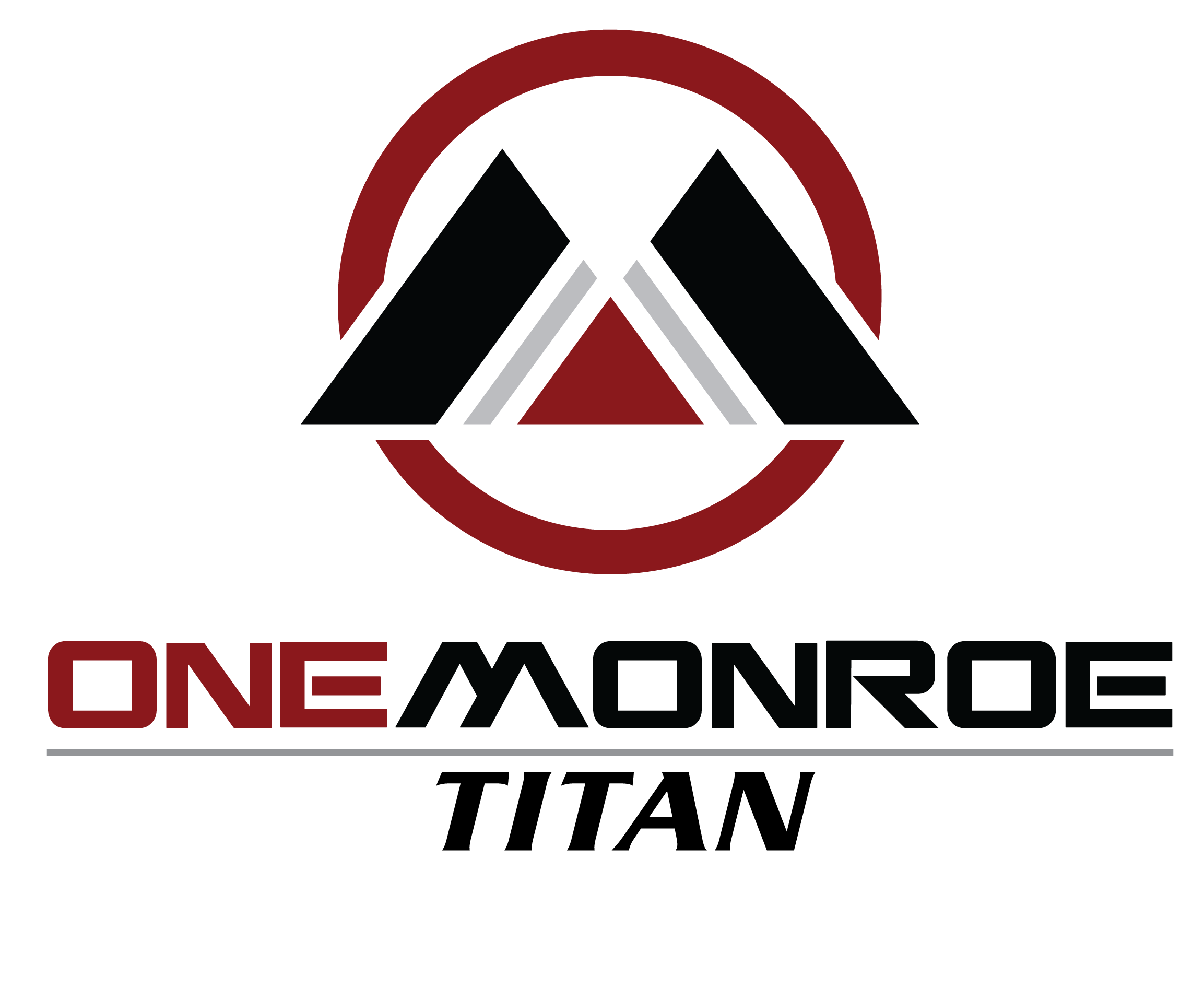
The mining industry is a critical sector that provides essential minerals and raw materials for global industries, including construction, manufacturing, and technology. Mining operations require durable, efficient, and highly conductive materials to ensure smooth and safe operations. One of the most widely used materials in mining infrastructure is bare copper, valued for its superior conductivity, corrosion resistance, and durability.
Understanding the Role of Bare Copper in Mining
Bare copper wire is an uninsulated copper conductor commonly used in high-demand industrial applications. In the mining industry, where heavy machinery, electrical systems, and high-voltage equipment are essential, bare copper plays a crucial role in power distribution, grounding, and safety systems.
Applications of Bare Copper in Mining Operations
1. Grounding and Earthing Systems
Mining environments involve high-voltage electrical systems, making grounding an essential safety measure. Bare copper wire is commonly used in:
- Mine site grounding grids to prevent electrical hazards.
- Protecting workers and equipment from electrical faults and surges.
- Ensuring safe electrical pathways in deep mining operations.
Example:
Large underground mines install bare copper grounding grids to minimize electrical shock risks and improve overall safety compliance.
2. Power Transmission in Mining Equipment
Mining sites depend on heavy-duty electrical systems to power machines such as excavators, drills, conveyor belts, and processing plants. Bare copper is used in:
- High-voltage transmission cables to ensure efficient energy flow.
- Connection points in transformers and switchgear for reliability.
- Electrified rail systems and draglines that require consistent conductivity.
Example:
Open-pit mining operations use bare copper wiring to connect electrical shovels and crushers, ensuring uninterrupted power supply for material extraction.
3. Cathodic Protection in Mining Structures
Mining infrastructure, including pipelines, storage tanks, and metal frameworks, is prone to corrosion due to exposure to harsh environments. Bare copper is used in cathodic protection systems to:
- Prevent metal corrosion in acidic mine drainage areas.
- Extend the lifespan of underground pipelines and storage tanks.
- Reduce maintenance costs by preventing premature equipment failure.
Example:
Copper grounding rods are installed in salt-rich mining areas to neutralize electrochemical reactions, preventing the deterioration of steel infrastructure.
4. Communication and Signaling in Mines
Modern mines rely on communication networks for safety alerts, data collection, and equipment coordination. Bare copper is used in:
- Signal transmission systems in underground tunnels.
- Radio frequency (RF) shielding to prevent signal interference.
- Copper wiring for intercoms and emergency alert systems.
Example:
Deep coal mines use bare copper wiring to power communication lines that connect workers underground to surface-level monitoring stations.
Why Bare Copper Is Ideal for Mining Applications
- High Conductivity – Copper ensures efficient power transmission, reducing energy loss.
- Corrosion Resistance – Withstands harsh mining environments, including moisture and acidic conditions.
- Durability and Strength – Ensures long-lasting performance, even in heavy-duty applications.
- Heat Resistance – Performs well under high temperatures and electrical loads.
- Sustainability – Recyclable and eco-friendly, reducing waste in mining operations.
Conclusion
Bare copper is an indispensable material in the mining industry, supporting power distribution, grounding, equipment protection, and communication systems. Its high conductivity, durability, and corrosion resistance make it the ideal choice for mining applications. As mining operations continue to evolve, the demand for efficient and reliable electrical solutions like bare copper will remain essential for safety, productivity, and sustainability.

